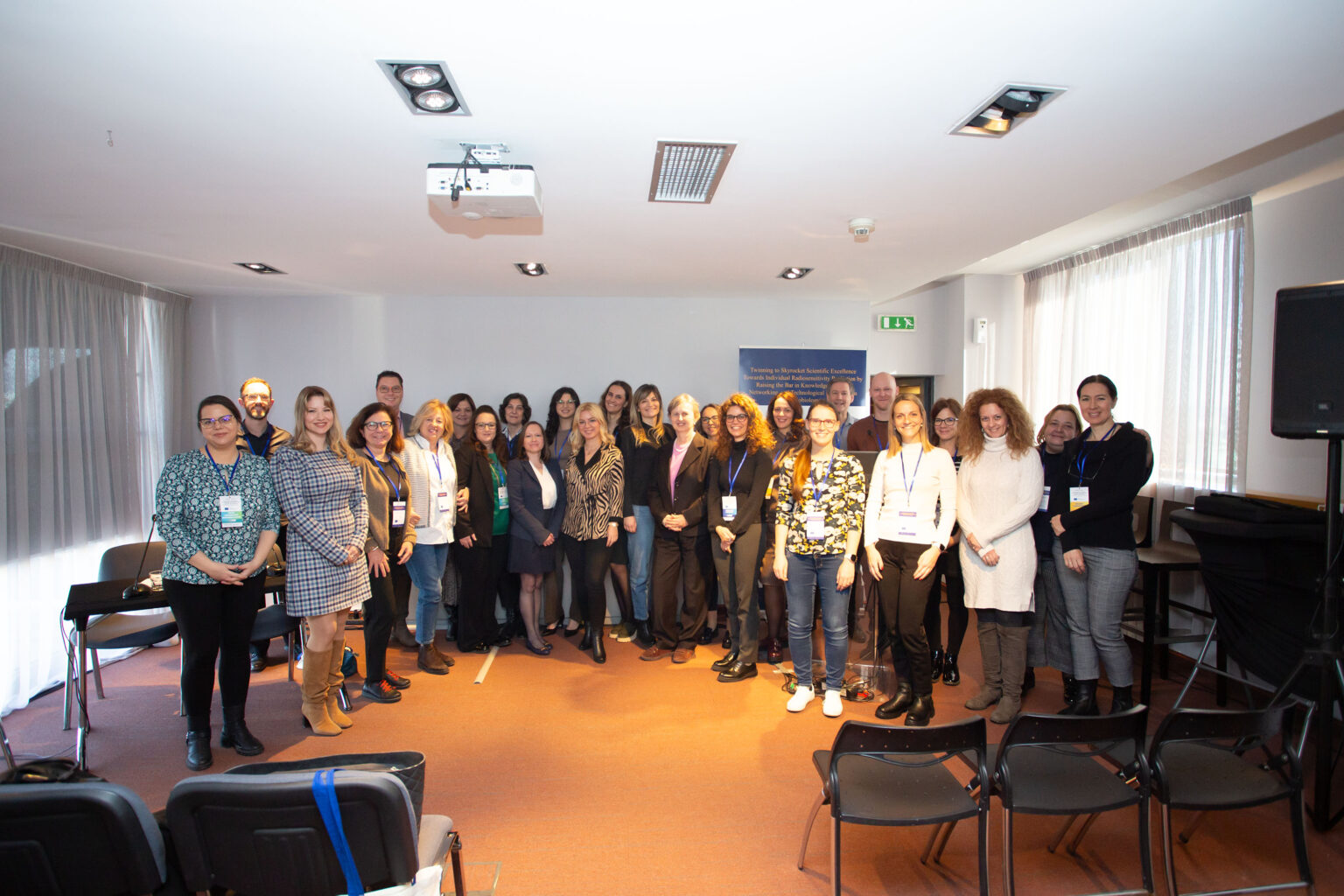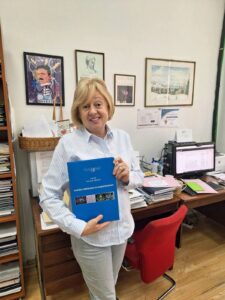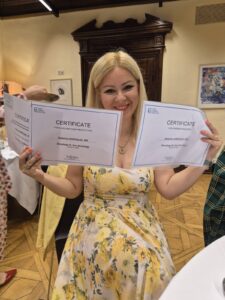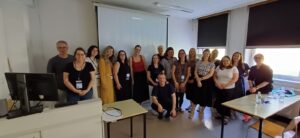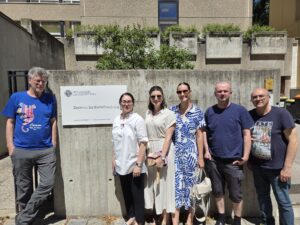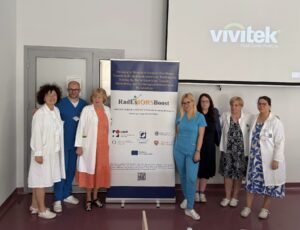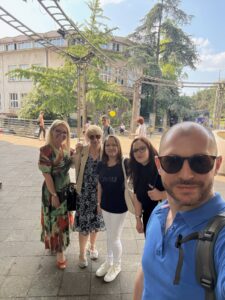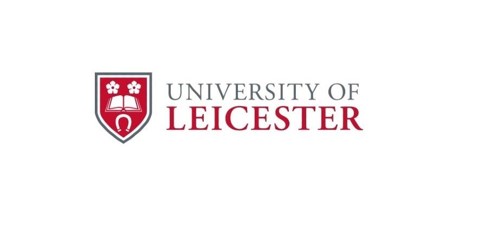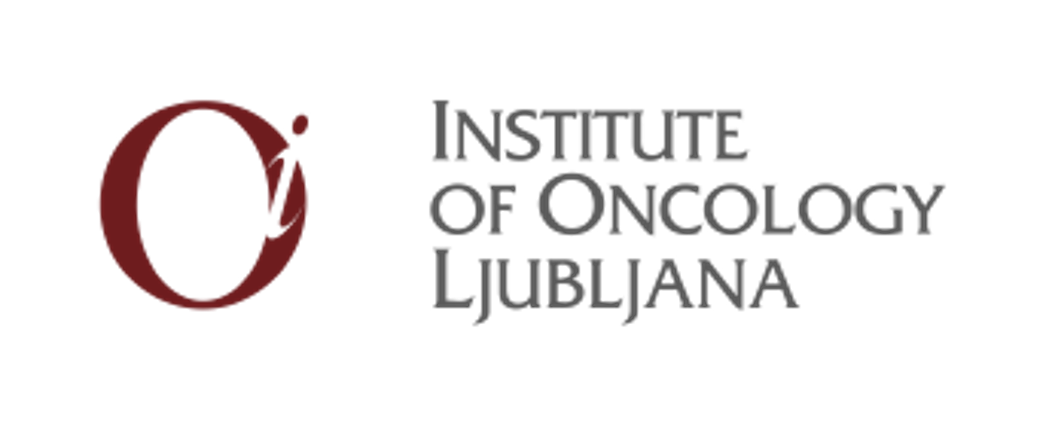The first Workshop and Training “Cutting-Edge Approaches in Radiobiology and Radiotherapy” organized by the RadExIORSBoost project team was successfully held on 2-4 December 2024 at Belgrade Art Hotel in Belgrade, Serbia. The scientific meeting organized in hybrid format gathered 55 participants from the coordinator Institute for Oncology and Radiology of Serbia (IORS), four project partner institutions Medical Faculty Mannheim, Heidelberg University (UHEI), University of Leicester (ULEIC), Medical University of Vienna (MUW), and Institute of Oncology Ljubljana (OI LJUBLJANA), as well as from collaborator institutions of the coordinator.
During three exciting days the participants had the opportunity to gain new knowledge and state-of-the-art approaches in radiobiology and radiation oncology through lectures and training delivered by distinguished experts.
The first day of this event was devoted to novel radiotherapy techniques, advances and future perspectives, and predictive models for raising the bar in radiation oncology and personalized treatment approaches. In the first workshop session moderated by Prof. dr Marina Nikitović and dr Tatjana Stanojković, Dr Constantin Dreher from the UHEI provided valuable insight into advanced radiation concepts for prostate cancer and adaptive radiation therapy. Dr Angelica Facoetti from the CNAO National Center for Oncological Hadrontherapy from Italy presented an excellent overview of the biological effects underlying the new form of radiotherapy – hadron therapy, while Prof. dr Primož Strojan from the OI LJUBLJANA shared with participants the experience and efforts to establish proton radiotherapy at the project partner institution. During the first inspiring training session Round Table with experts, the panelists prof. Marina Nikitović and Dr Angelica Facoetti discussed cutting-edge techniques and approaches in modern radiation oncology and radiobiology with distinguished expert from the UHEI, Prof. dr Frank Giordano, Director of the Department of Radiation Oncology, Universitätsmedizin Mannheim.
The afternoon workshop session was dedicated to predictive models for radiation-induced adverse effects moderated by Prof. dr Marina Nikitović and dr Tatjana Stanojković.
It was a privilege to learn from ULEIC team members: prof. dr Tim Rattay spoke about prediction models for estimating the risk for adverse radiotherapy effects in cancer patients and the development phases to clinical implementation, while the lecture of dr Adam Webb was dedicated to the influence of circadian rhythm genotypes and treatment time on radiotherapy side effects in patients with breast and prostate cancer in addition to possible treatment implications.
On the second day, the participants had the opportunity to learn about functional assays for predicting individual radiosensitivity and their potential clinical implications from the distinguished experts from the UHEI, ULEIC, and MUW. The third workshop session moderated by dr Ivana Matić and dr Nina Petrović was focused on the significance of radiation-induced lymphocyte apoptosis assay (RILA) in radiobiology. Prof. dr Marlon Veldwijk, from the UHEI, provided excellent insight into radiation-induced lymphocyte apoptosis assay for predicting the radiation sensitivity of cancer patients and future perspectives. Prof. dr Christopher Talbot from the ULEIC presented a valuable and comprehensive overview of the RILA results from the multi-center REQUITE study and predictive factors for the RILA score.
In a second training session, Prof. dr Marlon Veldwijk shared his valuable experience and knowledge on analysis strategy and hands-on analysis of RILA data. The next session and training moderated by dr Tatjana Stanojković and dr Ivana Matić was devoted to comet assay for the assessment of DNA damage. It was a pleasure to learn from the Prof. dr Siegfried Knasmüller from the MUW who provided an excellent and general overview of the single cell alkaline comet assay methodology, and the use of this technique in environmental and human studies, including radiation sensitivity. Dr Miroslav Misik from the MUW, provided excellent training on comet assay techniques: methodology and troubleshooting.
The fifth workshop session was moderated by Prof. dr Maja Čemažar and dr Tatjana Stanojković and gave a valuable overview about inspiring radiobiology research results of the team from the Institute of Oncology Ljubljana. Lectures covered the following topics: research workflow for the development of immunocompetent mouse HPV-positive oral cell carcinoma as a model for radiation studies, presented by dr Živa Pišljar, cytosolic DNA sensors activation after the irradiation presented by dr Tanja Jesenko, gene electrotransfer of chemokines to tumors in combination with irradiation, presented by Tim Božič, and development of a new research tool for partial tumor irradiation of mouse models presented by expert Prof. dr Gregor Serša.
The third day was focused on radiogenomics and radiotranscriptomics and their significance for developing predictive models for adverse reactions to radiotherapy. Team member from the UHEI, Ahmad Šami provided current perspectives and an overview about radiogenomics for predicting normal tissue reactions, with a focus on the machine-learning approach. Prof. dr Christopher Talbot provided a remarkable and comprehensive insight into past, ongoing, and future projects dealing with normal tissue radiotoxicity conducted within the Radiogenomics Consortium.
The last training session “Self and career management – perspectives – Meet the experts and principal investigators” provided participants a unique opportunity to get a personal glimpse into the careers and mindsets of successful principal investigators and team leaders: Christopher Talbot, Marlon Veldwijk, Siegfried Knasmüller, Maja Čemažar, Marina Nikitović, Gregor Serša, and Angelica Facoetti. This session was inspiring not just for PhD students and early career investigators, but also for all senior scientists, who heard about the most important self and career management strategies for professional development, and the key steps in career pathways of successful scientists.
The participation of distinguished experts and brilliant young scientists from the RadExIORSBoost four top-class leading project partner institutions, knowledge transfer, brainstorming, and enthusiasm have truly made this event successful.

